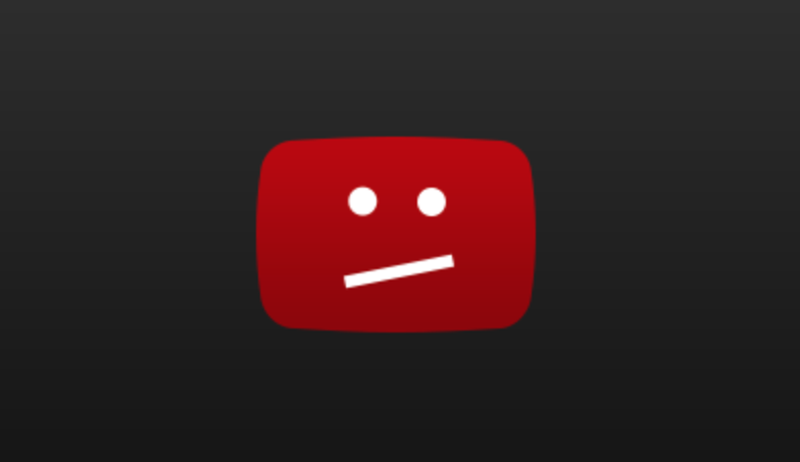In order to “better protect its content creators”, YouTube has changed the minimum requirements to its YouTube Partner Program through which videos posted to it can be monetized effective as of today, Tuesday, January 16, 2018 — and in the process, leaving smaller content creators with no way to earn money on content other than AdSense.
YouTube Screws Over Smaller Content Creators With Stricter Minimum Requirements for Monetization
Existing content creators have a grace period of until Tuesday, February 20, 2018, which is when the changes will affect them: “On that date, channels with fewer than 1,000 subs or 4,000 watch hours will no longer be able to earn money on YouTube”, according to this article by Neal Mohan and Robert Kyncl — who are the chief product officer and the chief business officer respectively at YouTube — at the YouTube Creator Blog. When they reach 1,000 subs and 4,000 watch hours they will be automatically re-evaluated under strict criteria to ensure they comply with our policies. New channels will need to apply, and their application will be evaluated when they hit these milestones.”
The qualification to monetize on videos posted to YouTube used to be 10,000 lifetime views, which was implemented as a result of the last change in monetization policy which occurred on Thursday, April 6, 2017. As you might imagine, one glance of the many comments posted in response to the article demonstrates that the change in monetization policy is wildly unpopular — and that is probably an understatement, as creating a channel of video content is not exactly the easiest thing to do. A petition has already been launched in opposition of the new monetization policy.
This message which was posted on Twitter by Susan Wojcicki — who is the current chief executive officer of YouTube — is equally as unpopular, according to the replies:
We're passionate @YouTube about protecting our users, advertisers, & creators, so are making some changes to help prevent bad actors from abusing the platform. Read about changes relevant to advertisers: https://t.co/ug759ryQbJ & creators: https://t.co/1gxr2OD3AI
— Susan Wojcicki (@SusanWojcicki) January 16, 2018
“Though these changes will affect a significant number of channels, 99% of those affected were making less than $100 per year in the last year, with 90% earning less than $2.50 in the last month. Any of the channels who no longer meet this threshold will be paid what they’ve already earned based on our AdSense policies. After thoughtful consideration, we believe these are necessary compromises to protect our community.”
Summary
I am not sure what exactly precipitated this new monetization policy; but I am one of the smaller YouTube content creators who will lose out on the stricter policy. I had not actively promoted my channel on YouTube yet because I wanted to build it out with more — and, hopefully better — content.
Now I am thinking of abandoning the channel altogether, as — with few exceptions — I do not believe in benefiting a for-profit organization with no compensation in return. My channel currently has 36 subscribers with 18,851 total views and 165.4 watch hours at the time this article was posted — which is not bad when considering that I did not actively promote it; but it is virtually completely out of range towards achieving 1,000 subscribers and 4,000 watch hours within 34 days.
I refuse to ask for you to subscribe to the channel simply to help out, as I consider that begging. I would rather have grown the channel organically — that is, people viewing and subscribing to it because they like what they see…
…and now, I am left wondering how many YouTube channels whose topics of travel, miles and points will suddenly disappear because of the new monetization policy — as well as how many may never get started in the first place.
Source: YouTube.

